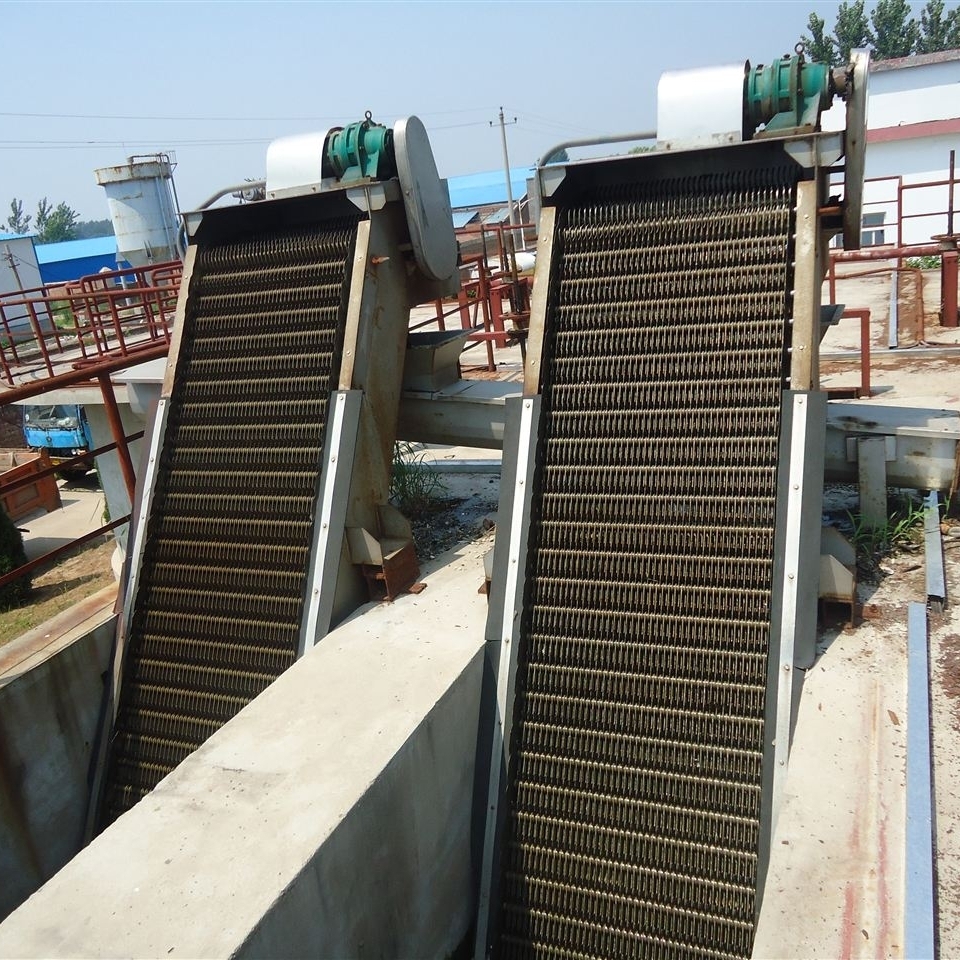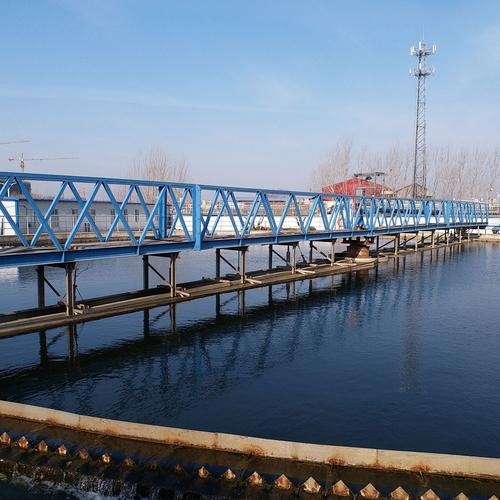Wastewater pretreatment methods primarily include physical, chemical, and biological methods. The specific methods are as follows:
1. Physical Pretreatment
1.1 Screens: Remove large particles (such as plastic and paper scraps) through interception.
1.2 Grit Chambers: Use gravity to separate inorganic impurities such as gravel and soil.
1.3 Grease Trap: Removes floating oil by utilizing the density difference between oil and water.
1.4 Flotation: Uses microbubbles to absorb suspended particles to the water surface.
1.5 Coagulation and Sedimentation: Adds Coagulants such as polyaluminum chloride (PAC) cause suspended solids to precipitate.
2. Chemical Pretreatment
2.1 Neutralization: Adjust the pH to an appropriate range (e.g., 6.8-9.0).
2.2 Coagulation: Removes suspended solids through mechanisms such as double layer compression and adsorption bridging.
3. Biological Pretreatment
3.1 Preaeration: Decomposes organic pollutants through oxygenation.
3.2 Biotrickling Filtration: Utilizes microorganisms to decompose pollutants.
4. Other Special Methods
4.1 Adsorption: Activated carbon adsorbs organic pollutants (e.g., VOCs).
4.2 Catalytic Wet Oxidation: Oxidatively decomposes organic pollutants (e.g., polycyclic aromatic hydrocarbons) under high temperature and pressure.




生化膜反应器12-scaled.jpg)
